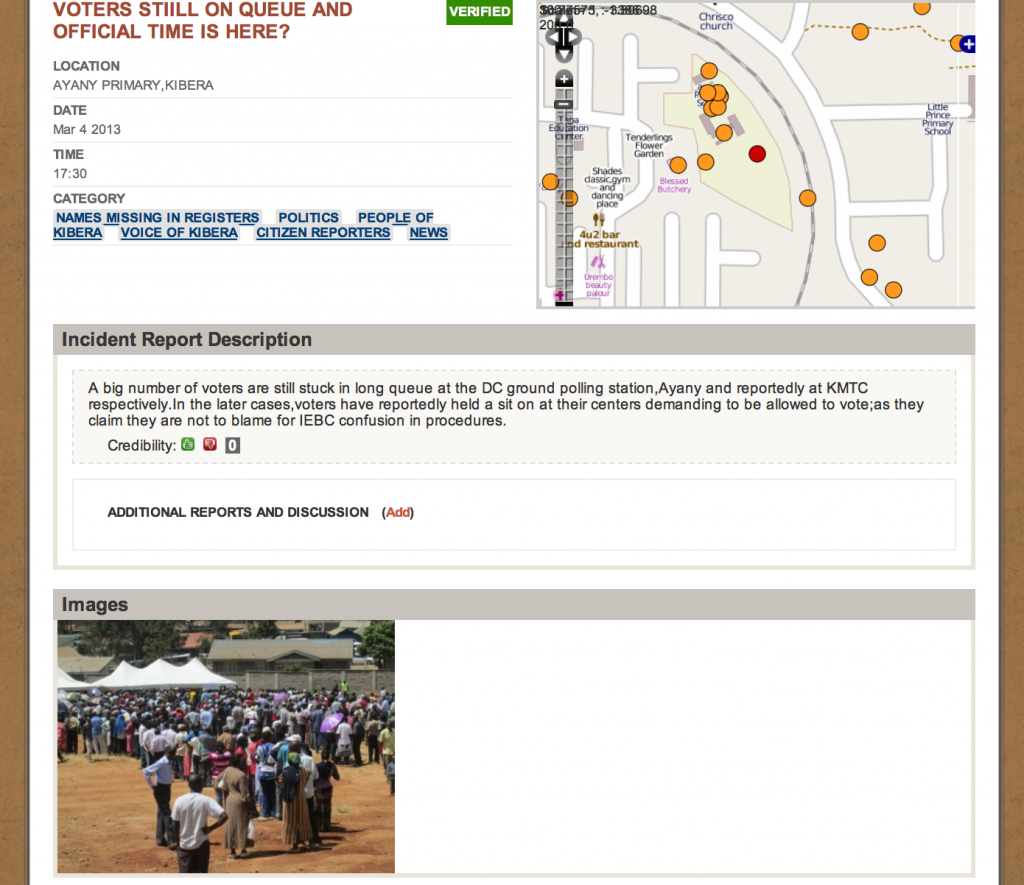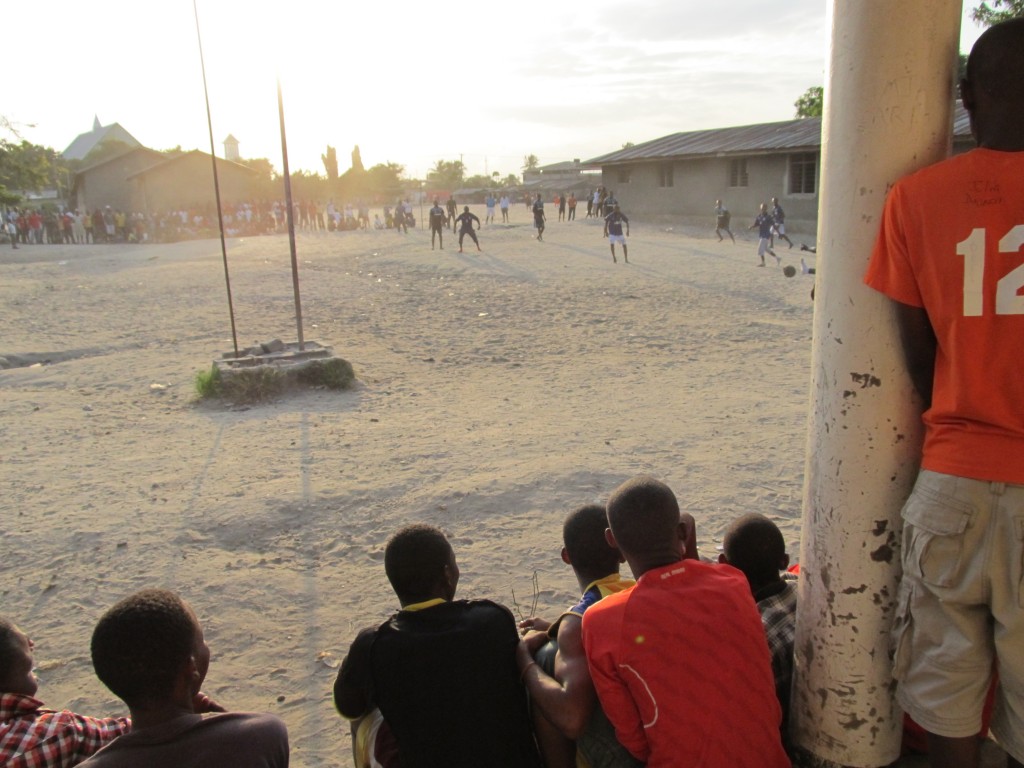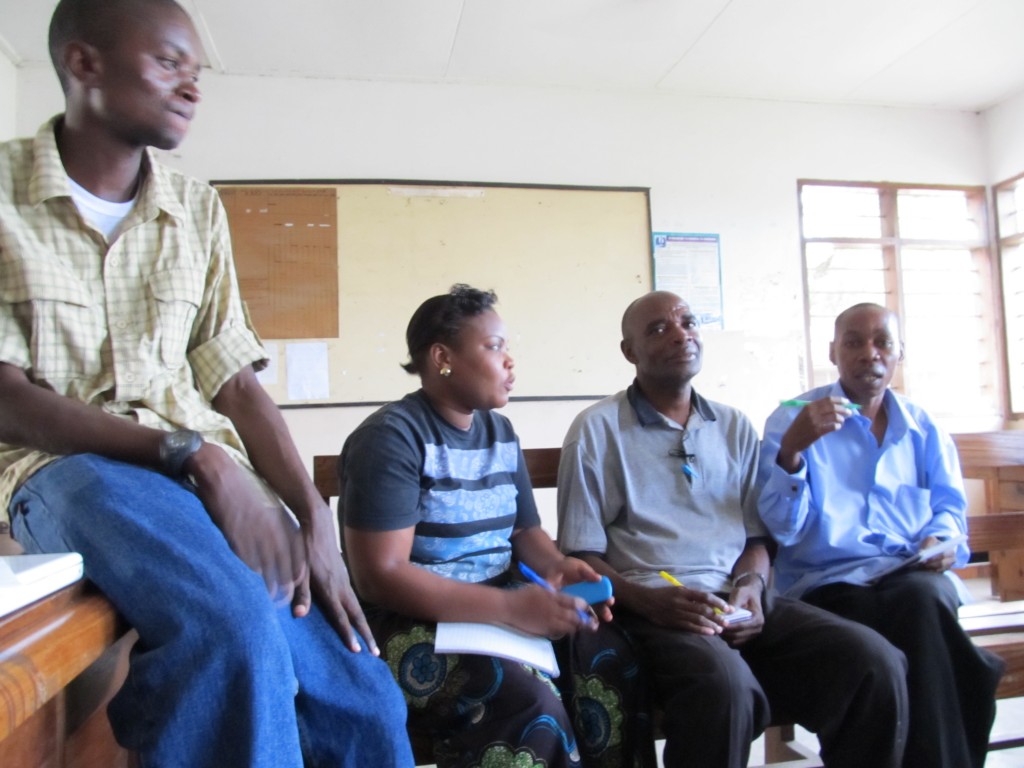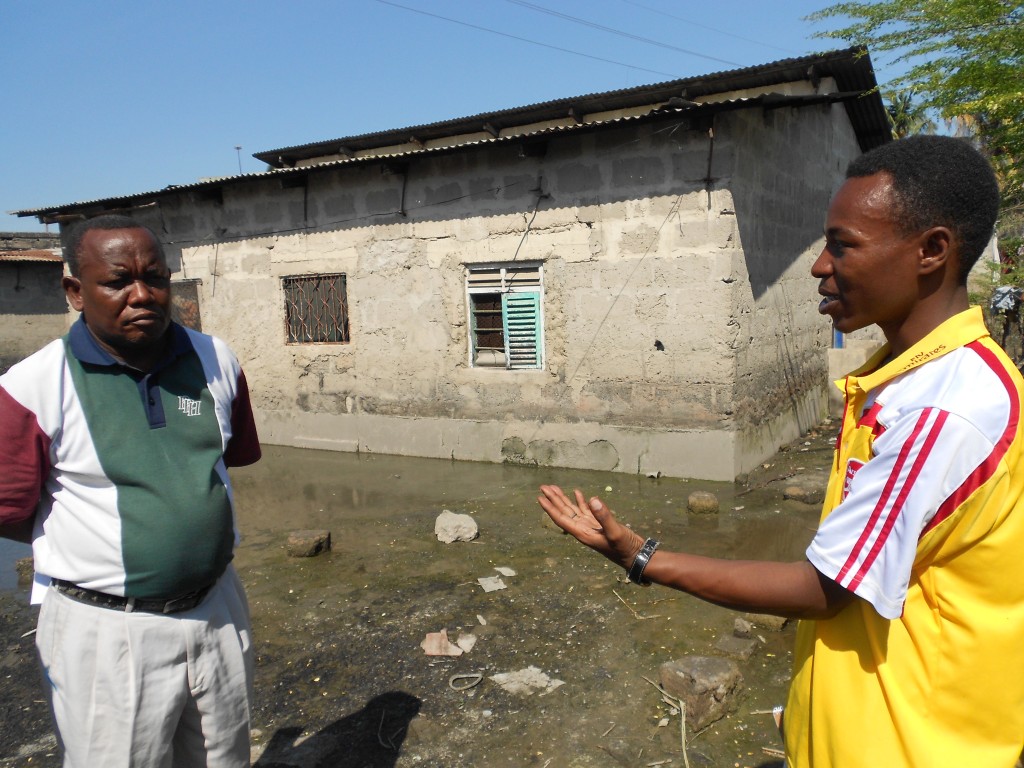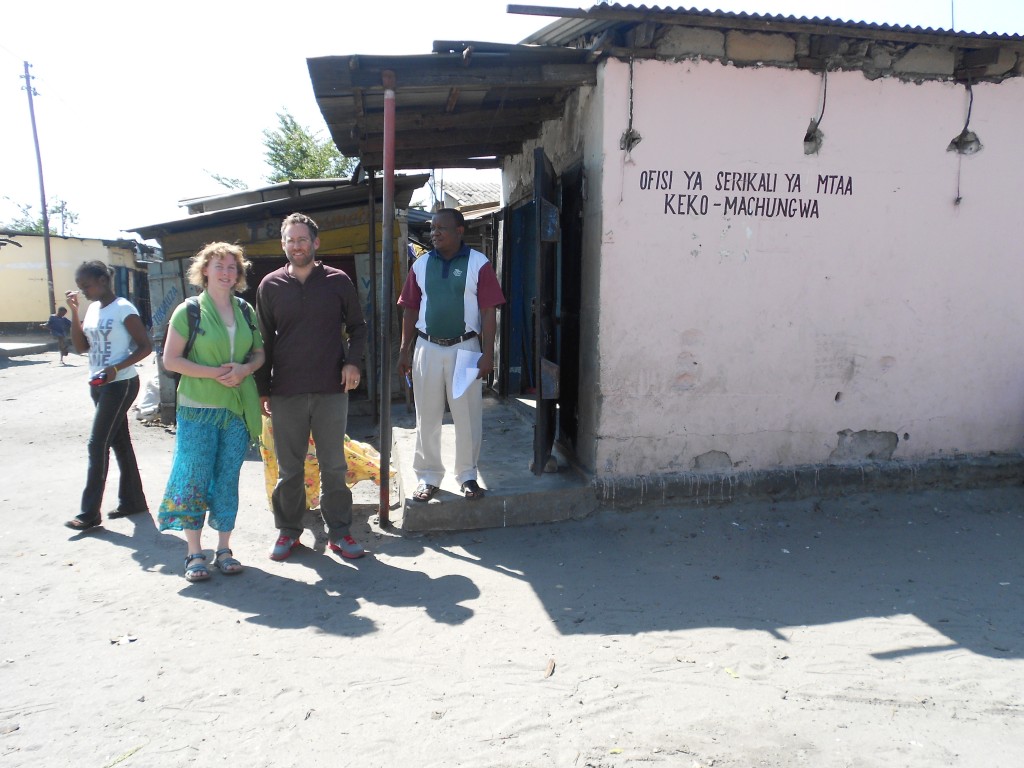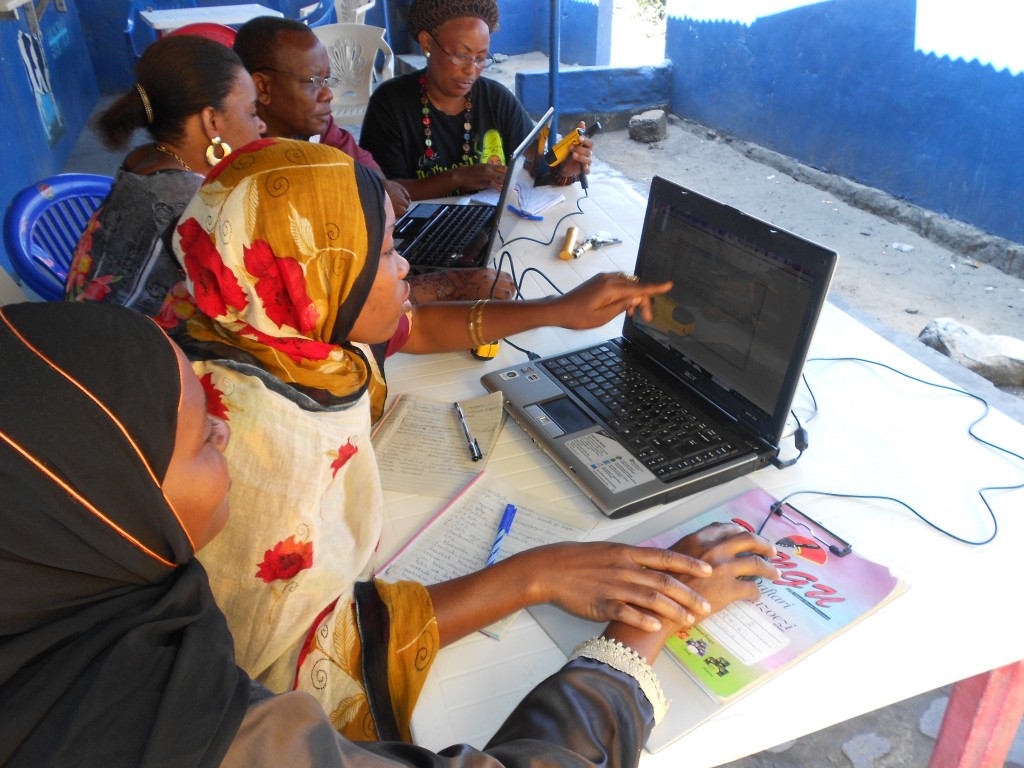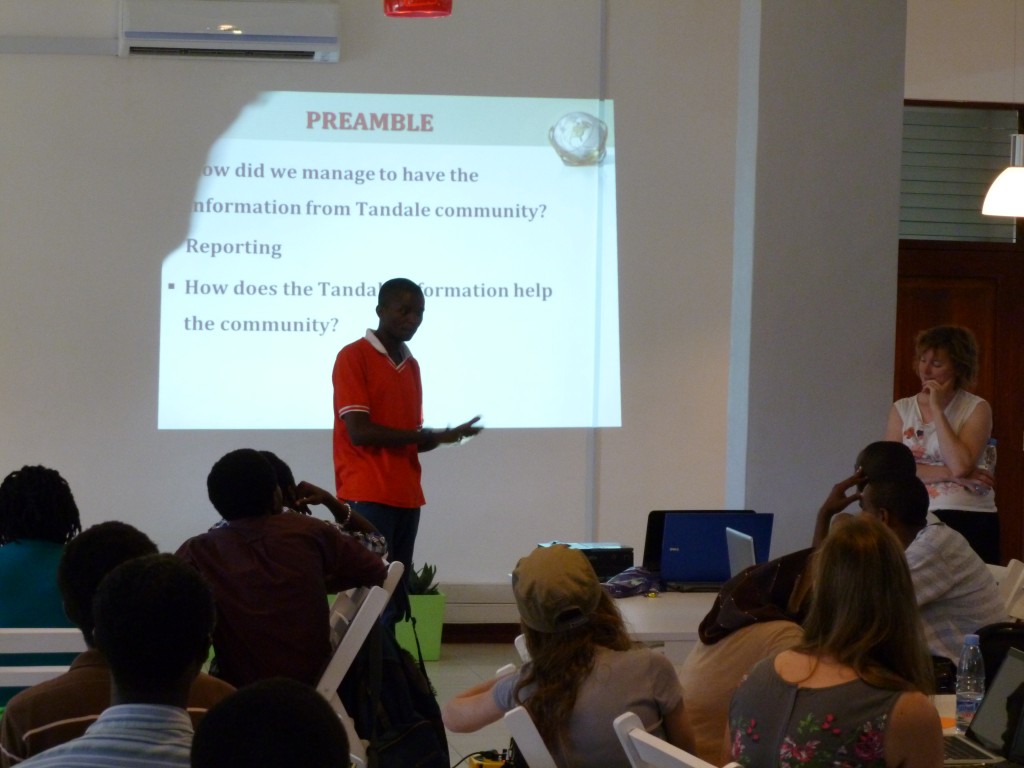- Ein aufregendes Spielerlebnis voller Chancen auf Gewinne im bwin online casino wartet auf Sie!
- Die Vielfalt der Spiele im bwin online casino
- Slots: Der Hauptanziehungspunkt
- Tischspiele: Die Klassiker unter den Casino-Spielen
- Boni und Promotionen im bwin online casino
- Sicherheits- und Zahlungsmethoden
- Kundenservice und Unterstützung
- Mobile Spielmöglichkeiten bei bwin
- Verantwortungsvolles Spielen bei bwin
- Fazit zum bwin online casino
Ein aufregendes Spielerlebnis voller Chancen auf Gewinne im bwin online casino wartet auf Sie!
Im Zeitalter der digitalen Unterhaltung hat das Online-Glücksspiel einen bemerkenswerten Aufschwung erlebt. Plattformen wie bwin online casino bieten Spielern aus aller Welt die Möglichkeit, ihre Fähigkeiten und ihr Glück in einer Vielzahl von Spielen unter Beweis zu stellen. Mit einer ansprechenden Benutzeroberfläche und einer breiten Palette von Spielautomaten, Tischspielen und Live-Casino-Optionen verspricht bwin ein aufregendes und sicheres Spielerlebnis. Hier können Sie nicht nur Ihre Lieblingsspiele genießen, sondern auch von attraktiven Boni und Promotionen profitieren.
Die Faszination des Online-Glücksspiels liegt nicht nur in den Gewinnmöglichkeiten, sondern auch in der Bequemlichkeit, von zu Hause oder unterwegs zu spielen. bwin online casino bietet eine umfassende mobile App, die nahtlose Spielbarkeit auf Smartphones und Tablets gewährleistet. Spieler können in Echtzeit spielen und haben jederzeit Zugang zu einer Vielzahl von Spielen und Wettoptionen. Außerdem ist bwin bekannt für seinen Kundenservice, der Spielern bei Fragen oder Problemen jederzeit zur Verfügung steht.
Im folgenden Artikel erfahren Sie mehr über die aufregenden Angebote von bwin, die verschiedenen Spielkategorien, die Sicherheitsmaßnahmen und die Nutzungsmöglichkeiten. Tauchen Sie ein in die Welt des Online-Glücksspiels mit bwin und entdecken Sie, wie Sie das Beste aus Ihrem Spielerlebnis herausholen können.
Die Vielfalt der Spiele im bwin online casino
Das Angebot an Spielen im bwin online casino ist beeindruckend und reicht von klassischen Spielautomaten bis hin zu aufregenden Live-Dealer-Spielen. Spieler können hier eine breite Palette von Optionen finden, die für jeden Geschmack etwas zu bieten haben. Egal, ob Sie ein Fan von Slot-Maschinen, Roulette oder Blackjack sind, bei bwin wird jeder fündig.
Die Spielautomaten sind besonders beliebt, da sie oft mit lebhaften Grafiken und spannenden Themen ausgestattet sind. Es gibt zahlreiche Varianten, darunter klassische Slots, Video-Slots und progressive Jackpots. Diese Spiele bieten nicht nur unterhaltsame Spielmechaniken, sondern auch die Möglichkeit, hohe Gewinne zu erzielen. Einige der Spiele haben spezielle Funktionen wie Freispiele und Bonusrunden, die das Spielerlebnis noch spannender machen können.
| Slots | Verschiedene Themen und Jackpot-Optionen |
| Roulette | Mehrere Roulette-Varianten verfügbar |
| Blackjack | Verschiedene Tischlimits für jedes Budget |
Slots: Der Hauptanziehungspunkt
Slots sind sicherlich das Aushängeschild des bwin online casinos. Die Plattform bietet eine Vielzahl von Spielautomaten, die mit verschiedenen Themen und Spielmechaniken ausgestattet sind. Von Abenteuerslots, die die Spieler in ferne Länder entführen, bis hin zu klassischen Fruchtmaschinen, die Nostalgie hervorrufen, gibt es für jeden Spieler etwas. Die Einführung von Megaways-Slots hat ebenfalls für viel Aufregung gesorgt, da sie zusätzliche Gewinnlinien bieten, die den Spielspaß erhöhen.
Die Möglichkeit, neben dem Spaß auch hohe Gewinne zu erzielen, macht Slots besonders attraktiv. Viele der Spiele bieten progressive Jackpots, die kontinuierlich wachsen, bis ein glücklicher Spieler den Hauptgewinn abräumt. Dieses Design hat dazu beigetragen, dass viele Spieler regelmäßig zurückkehren, um ihr Glück auszutesten.
Tischspiele: Die Klassiker unter den Casino-Spielen
Neben den Spielautomaten bietet bwin auch eine umfangreiche Auswahl an klassischen Tischspielen. Diese Spiele sind das Herzstück jedes Casinos und versprechen spannende Wettkämpfe. Dazu gehören die beliebten Spiele wie Roulette, Blackjack und Baccarat. Jedes Spiel bietet eine Vielzahl von Variationen, die den Anforderungen von Anfängern und erfahrenen Spielern gerecht werden.
Ein weiteres Highlight ist das Live-Casino, das Spielern das Gefühl von Realität vermittelt, ohne das Haus zu verlassen. Spieler können mit echten Dealern interagieren, was das gesamte Erlebnis noch authentischer macht. Der Live-Stream ermöglicht es den Spielern, in Echtzeit zu spielen und dabei das Gefühl zu haben, sich in einem echten Casino zu befinden.
Boni und Promotionen im bwin online casino
Ein entscheidender Faktor für die Auswahl eines Online-Casinos sind die angebotenen Boni und Promotionen. bwin online casino hat dies erkannt und bietet eine Vielzahl attraktiver Aktionen, die sowohl neuen als auch bestehenden Spielern zugutekommen. Der Willkommensbonus ist besonders verlockend und ermöglicht es neuen Spielern, ihre ersten Einzahlungen zu maximieren und mehr Spielzeit zu genießen.
Es gibt auch regelmäßige Promotionen, die Spielern zusätzliche Incentives bieten, um aktiv zu bleiben. Diese können Freispiele, Cashback-Angebote oder spezielle Turniere umfassen. Die Teilnahme an Turnieren kann besonders spannend sein, da Spieler gegeneinander antreten und die Chance auf lukrative Preise haben.
- Willkommensbonus: Zusätzliche Mittel auf die erste Einzahlung.
- Freispiele: Zusätzliche Runden für ausgewählte Slots.
- Cashback-Angebote: Rückerstattungen auf verlorene Einsätze.
Sicherheits- und Zahlungsmethoden
Sicherheit ist ein zentrales Anliegen beim Online-Glücksspiel, und bwin online casino setzt alles daran, dass die Spieler sicher spielen können. Die Plattform verwendet die neueste Verschlüsselungstechnik, um die persönlichen und finanziellen Informationen der Spieler zu schützen. In Kombination mit sicheren Zahlungsmethoden garantiert bwin ein sorgloses Spielerlebnis.
Die verfügbaren Zahlungsmethoden sind vielfältig und bieten Spielern die Flexibilität, die sie benötigen. Spieler können in der Regel zwischen Kreditkarten, E-Wallets und Banküberweisungen wählen. So stellt bwin sicher, dass alle Einzahlungen und Auszahlungen schnell und problemlos abgewickelt werden können.
Kundenservice und Unterstützung
Ein weiterer wichtiger Aspekt von bwin online casino ist der hervorragende Kundenservice. Spieler können bei Fragen oder Problemen auf verschiedene Weise Unterstützung erhalten. Sei es per E-Mail, Live-Chat oder Telefon – der Kundendienst steht den Spielern jederzeit zur Verfügung.
Der Online-Hilfebereich enthält zudem umfangreiche FAQs, die Antworten auf häufige Fragen bieten. Dies erleichtert den Spielern die Navigation und sorgt dafür, dass sie schnell die benötigte Hilfe finden, ohne auf den Support warten zu müssen.
Mobile Spielmöglichkeiten bei bwin
Die mobile Plattform von bwin online casino ermöglicht es Spielern, ihre Lieblingsspiele jederzeit und überall zu genießen. Die mobile App ist benutzerfreundlich gestaltet und bietet viele der gleichen Funktionen wie die Desktop-Version. Spieler können sich einfach einloggen und Zugriff auf ihr Konto, ihre Spiele und Boni haben.
Die meisten Spiele sind mobil optimiert, was bedeutet, dass sie auf verschiedenen Geräten flüssig laufen. Die Touchscreen-Bedienung ermöglicht ein fesselndes Spielerlebnis und sorgt dafür, dass die Benutzeroberfläche sowohl auf Smartphones als auch auf Tablets intuitiv bleibt. Spieler können sich auf eine nahtlose und unterhaltsame Erfahrung freuen.
- Einfacher Zugang: Melden Sie sich mit Ihrem Konto an und spielen Sie sofort.
- Optimierte Spiele: Viele Spiele sind speziell für Mobilgeräte entwickelt.
- Flexible Spieloptionen: Spielen Sie bequem von überall aus.
Verantwortungsvolles Spielen bei bwin
Ein verantwortungsvoller Umgang mit Glücksspiel ist entscheidend, und bwin online casino engagiert sich aktiv für den Schutz seiner Spieler. Die Plattform bietet verschiedene Werkzeuge, die den Spielern helfen, ihr Spielverhalten zu kontrollieren. Dazu gehören Einzahlungslimits, Verlustlimits und die Möglichkeit, Spielpausen einzulegen.
Darüber hinaus informiert bwin seine Spieler über die Risiken des Glücksspiels und bietet Hilfsressourcen für diejenigen, die Unterstützung suchen. Das Engagement für verantwortungsvolles Spielen trägt dazu bei, das Vertrauen der Spieler zu stärken und ein sicheres Umfeld für alle zu schaffen.
Fazit zum bwin online casino
Das bwin online casino bietet ein aufregendes Spielerlebnis mit einer breiten Palette von Spielen, attraktiven Boni und einem soliden Kundenservice. Die Plattform ist benutzerfreundlich und ermöglicht es Spielern, in einem sicheren Rahmen zu spielen. Ob Sie nach Spielautomaten, Tischspielen oder Live-Dealer-Optionen suchen, bwin hat für jeden etwas zu bieten. Nutzen Sie die Vorteile der Mobilität und erleben Sie gemeinsam mit bwin unvergessliche Momente der Unterhaltung.
